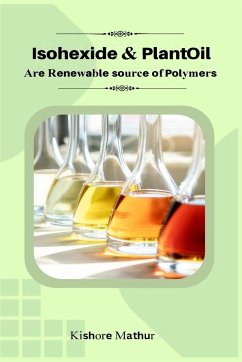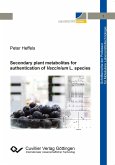The development of renewable polymers from isohexide and plant oil is an exciting area of research in the field of green chemistry. These biodegradable and sustainable polymers have a wide range of applications in many industries, including packaging, biomedical, and agriculture. The use of plant oil and biomass as renewable feedstocks in the production of polymers is a significant advancement towards reducing our dependence on fossil fuels. Isohexide, a monomer derived from renewable sources, is used to create a variety of polymers such as bioplastics, polyesters, polyurethanes, and polyols. These polymers can be further modified through copolymerization, blending, and chemical and surface modification to enhance their properties and performance. Renewable polymers offer several advantages over traditional petroleum-based polymers, including high mechanical strength, thermal stability, and biocompatibility. They also exhibit excellent biodegradability in soil and water, making them a sustainable alternative to traditional plastics. The biomedical industry has seen the potential of renewable polymers for applications such as drug delivery, tissue engineering, and wound healing. These polymers possess high biocompatibility and biodegradability, making them ideal for use in various medical applications. The use of renewable polymers in coatings, adhesives, sealants, foams, gels, and membranes has shown promising results. These materials have excellent barrier properties and can be tailored for specific applications based on their mechanical and chemical properties. Renewable polymers also offer a promising solution for achieving carbon neutrality and reducing the carbon footprint of many industries. The life cycle assessment of these materials shows that they have a significantly lower environmental impact compared to traditional polymers. In conclusion, the use of isohexide and plant oil as renewable feedstocks for the production of polymers offers a sustainable and environmentally friendly solution for various industrial applications
Hinweis: Dieser Artikel kann nur an eine deutsche Lieferadresse ausgeliefert werden.
Hinweis: Dieser Artikel kann nur an eine deutsche Lieferadresse ausgeliefert werden.








